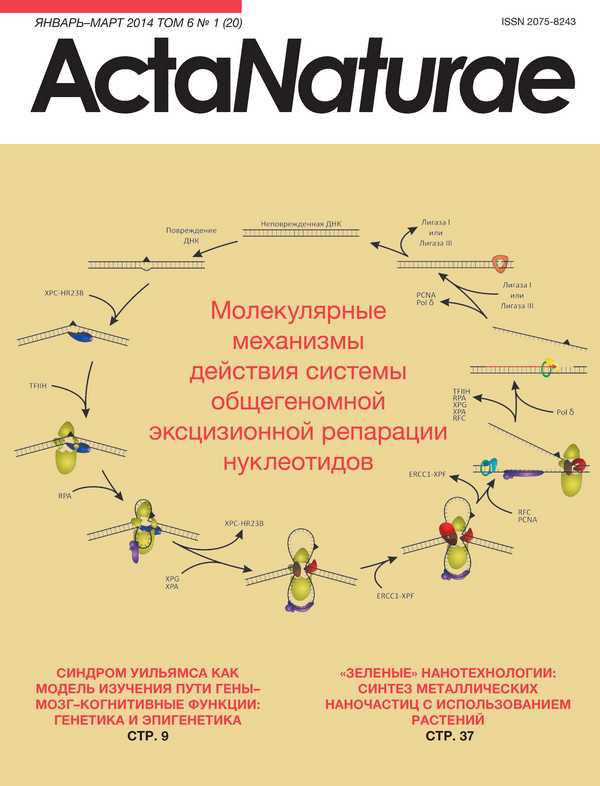Protective Immune Response against Bacillus anthracis Induced by Intranasal Introduction of a Recombinant Adenovirus Expressing the Protective Antigen Fused to the Fc-fragment of IgG2a
- Authors: Shcherbinin D.N.1, Esmagambetov I.B.1, Noskov A.N.1, Selyaninov Y.O.2, Tutykhina I.L.1, Shmarov M.M.1, Logunov D.Y.1, Naroditskiy B.S.1, Gintsburg A.L.1
-
Affiliations:
- Gamaleya Research Institute for Epidemiology and Microbiology, Ministry of Public Health of the Russian Federation
- National Research Institute for Veterinary Virology and Microbiology of Russia
- Issue: Vol 6, No 1 (2014)
- Pages: 76-84
- Section: Research Articles
- Submitted: 17.01.2020
- Published: 15.03.2014
- URL: https://actanaturae.ru/2075-8251/article/view/10566
- DOI: https://doi.org/10.32607/20758251-2014-6-1-76-84
- ID: 10566
Cite item







